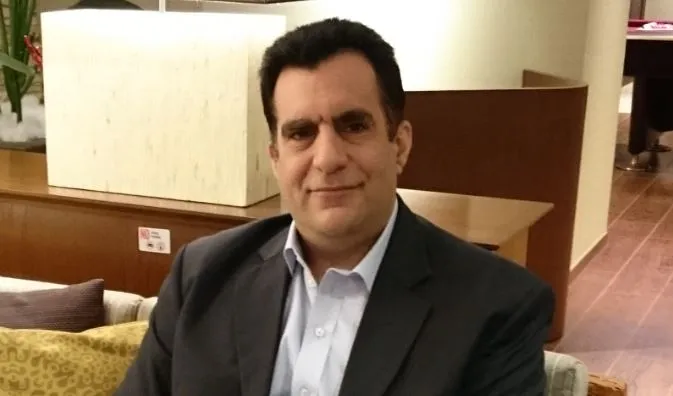
Where are the energy investment hotspots in Asia?
Myanmar stands out the most, according to OWL Energy's Tony Segadelli.
Asian Power spoke with Tony Segadelli, OWL Energy’s managing director, on where the investment hotspots are in Southeast Asia. Segadelli spoke in the Asian Power Utility Forum 2017 held in Singapore last April 25, 2017. He discussed the current projects his firm is handling and the industry issues he’s observed from the ground.
What’s interesting now in the Asian power market and the investment activity in the industry?
I see Myanmar is gonna start off very soon. Banks are about to issue a tender for LNG, regasification, and CCGT. Indonesia is trying to work out what to do after it has issued regulations 10, 11, and 12. Cambodia is slowly building things--a lot of hydro being brought by the Chinese. Thailand has another round of solar coming up, biomass waste to energy, they’re very focussed on the renewables sector.
Vietnam is starting to make all the right noises on renewables as well, but they’re probably gunning for more coal-fired power as they’ve recently imported more coal in the last quarter than what they’ve had in the other quarters, implying that they’re firmly focussed on the fossil side. And then, Philippines, there’s still a lot of coal being
built at the moment. Solar has slowed down, but it has not stopped as there’s a lot of bilateral discussions going on so the future’s looking very bright for Southeast Asia at the moment.
Given your experience as an engineering firm, what’s happening right now in the Japanese power market?
There’s actually quite a number of solar companies gone bankrupt at the moment because it’s totally over-built. OWL Energy left because the market’s still in development phase, had a very saturated market. They built 10GW on 2013 and 15GW in both 2014 and 2015. They just can’t carry on building at the same rate that
they were. Wind has not taken off in a way that it was expected to and biomass is likewise being delayed significantly. It’s a difficult market for the foreign companies to get in.
In Southeast Asia, which country do you think has the most interesting opportunities for the investors?
I would say that obviously Myanmar has huge potential. As for the other players Thailand is just going to continue growing and that’s not going to change. Philippines on the other hand will also continue to grow. Hopefully, Indonesia will solve its regulatory issues and investment opportunities will pour in in the next two to three years.








![Cross Domain [Manu + SBR + ABF + ABR + FMCG + HBR + ]](https://cmg-qa.s3.ap-southeast-1.amazonaws.com/s3fs-public/styles/exclusive_featured_article/public/2025-01/earth-3537401_1920_4.jpg.webp?itok=WaRpTJwE)
![Cross Domain [SBR + ABR]](https://cmg-qa.s3.ap-southeast-1.amazonaws.com/s3fs-public/styles/exclusive_featured_article/public/2025-01/pexels-jahoo-867092-2_1.jpg.webp?itok=o7MUL1oO)









 Advertise
Advertise


